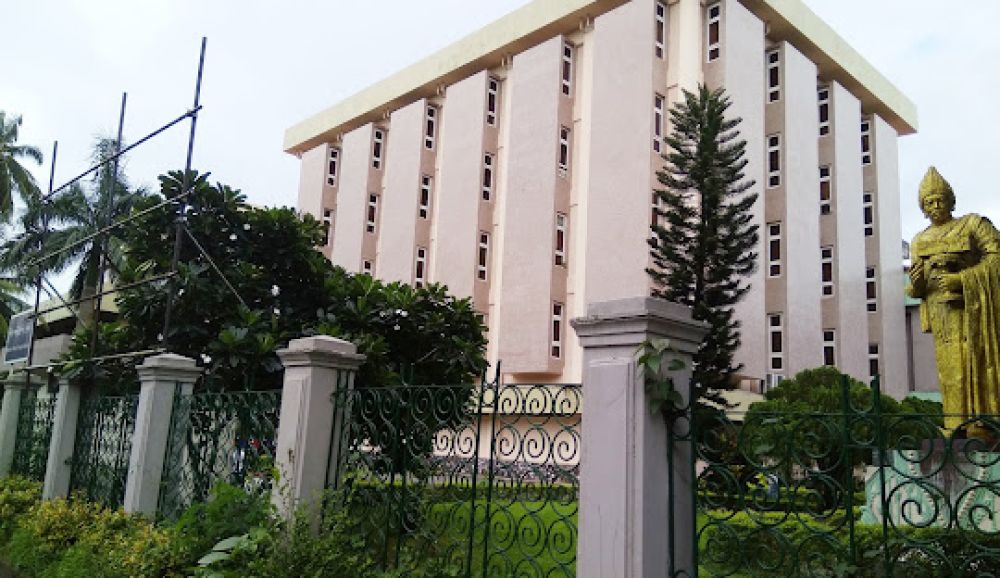The National Museum of Myanmar, located in Yangon, is the premier museum of Burmese art, history, and culture in Myanmar. Founded in 1952, it was originally situated in the Jubilee Hall in Yangon and later moved to its present location on Pyay Road in 1996. This expansive museum houses a vast array of artifacts distributed over five floors, offering insight into the richness of Burmese history, from the prehistoric era to modern times. Notable exhibits include the Lion Throne (the Sihasana) of the last Burmese king, an impressive collection of Burmese art, ancient ornaments, inscriptions, and historic memorabilia. The museum is also home to an extensive collection of early Burmese scripts, traditional wooden sculptures, and folk art. With displays meticulously chronicling the cultural evolution of one of Southeast Asia's most enigmatic countries, it plays a crucial role in preserving and showcasing Myanmar's cultural heritage. The museum is also an educational center providing lectures, seminars, and training, thus emphasizing its importance in the academic and cultural dialogue of Myanmar.

